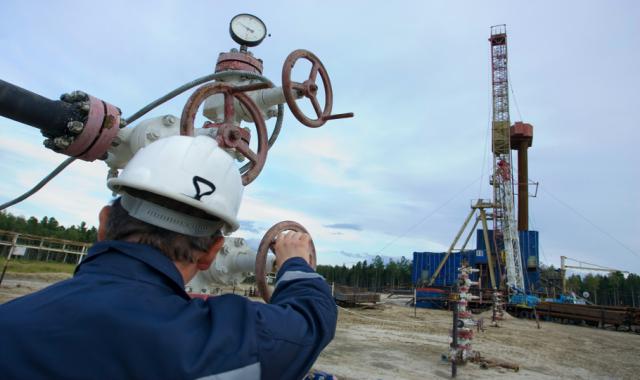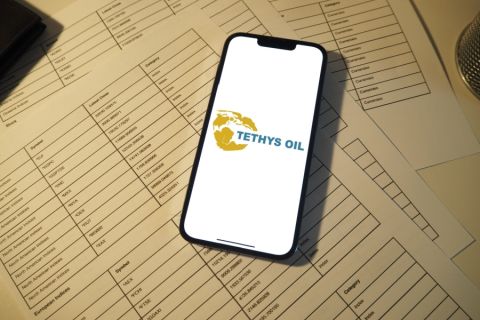
HOUSTON—As sinking commodity prices cause oil and gas companies to lay off thousands of employees to salvage budgets, other industries are scooping them up, widening the talent gap.
Coping with jobs lost and delayed or canceled projects might be on the minds of executives, but upstream companies need to be thinking about how they will regain lost talent when hiring picks up following the current downturn, according to speakers during the Decision Strategies Oilfield Breakfast Forum on March 26. The industry is already facing a shortage of qualified employees and today’s low-price environment is exasperating the situation.
So far this year more than 17,000 job cuts have been announced by companies that include Schlumberger, Halliburton and Baker Hughes among others. And that number continues to grow.
About 50% of the sector’s workforce will be retiring within five to 10 years, said Matthew Hiller, global practice lead for oil and gas, IBM Corp.
“We’ve got a shrinking pool of mid-career candidates. We’ve got a knowledge transfer that is taking place, but it is not happening quickly enough, and at the end of the day there is no real substitute for real-world experience,” Hiller said. “Also a lot of folks who have been laid off in our industry are currently being recruited by other industries. The steel industry, automotive, trucking—they are all taking people from the oil and gas population, and the sad reality is that many of those folks are not coming back.”
Other challenges include:
- An oil and gas candidate pool that is not growing;
- Talent is more likely to move between companies for pay increases; and
- There is an average of five jobs for every professional oil and gas candidate.
Some of these challenges are not new. In reality many have been present and talked about for several years.
Laura Eaton, portfolio executive for IBM Corp., pointed out that talent has been the industry’s highest priority for about a decade. She turned to a 2007 oil and gas industry survey that showed insufficient supply of external candidates, compensation competitiveness, breadth of career opportunities, aging workforce and high attribution among tenured employees as being the highest-priority challenges.
Experts often speak of the oil and gas industry being cyclical, referring to previous downturns and how companies survived tough economic times before. But this time is different—at least from a human capital prospective.
Hiller predicts there will be more competition, fiercer competition, when the market begins to normalize. Although no one knows for sure when they will happen, Hiller said the consensus seems to be maybe the first part of the year or end of this year. When it happens, “companies [must] have the right tools and be able to offer something more than just a pay increase if they want to attract and keep that critical talent.”
Now is the time to start planning because when the hiring demand picks up companies don’t want to fall behind their competition, Eaton continued, adding, “Start focusing on what your options are now and figuring out who the partners might be and how to engage.”
So what should companies be doing now? Eaton recommends that companies:
- Build a scalable recruitment function. Determine how to attract qualified candidates and bring talent aboard quickly;
- Develop loyalty and engagement with not only current employees but also those who were laid off;
- Determine how the company will tell its story, or its employee value proposition (benefits and rewards for performance) to current talent and lost talent the company is trying to bring back. Figure out how the company should communicate;
- Give current employees a vision and make it personal; and
- Continue sourcing by building talent pools.
When companies are ready to resume hiring, she added that they should engage partners early, incorporate front-end assessments to improve candidate selection, create employee value propositions that resonate with targeted talent pools, and focus on directed social media.
“Start planning. Don’t wait for the onslaught of the hiring demand,” Eaton said. “Start looking at your options now and understand what they are and how you are going to incorporate them into your organization and capital strategies. Let’s not relive the same dire moments over and over again as we have in the past.”
Contact the author, Velda Addison, at vaddison@hartenergy.com.
Recommended Reading
Scathing Court Ruling Hits Energy Transfer’s Louisiana Legal Disputes
2024-04-17 - A recent Energy Transfer filing with FERC may signal a change in strategy, an analyst says.
Equinor Releases Overview of Share Buyback Program
2024-04-17 - Equinor said the maximum shares to be repurchased is 16.8 million, of which up to 7.4 million shares can be acquired until May 15 and up to 9.4 million shares until Jan. 15, 2025 — the program’s end date.
The ESG Sword: BlackRock's Life, Death by ESG
2024-04-17 - BlackRock, the $10 trillion investment manager, is getting heat for too much ESG investing, while shareholders are complaining it’s doing too little.
Vår Energi Hits Oil with Ringhorne North
2024-04-17 - Vår Energi’s North Sea discovery de-risks drilling prospects in the area and could be tied back to Balder area infrastructure.
Tethys Oil Releases March Production Results
2024-04-17 - Tethys Oil said the official selling price of its Oman Export Blend oil was $78.75/bbl.





